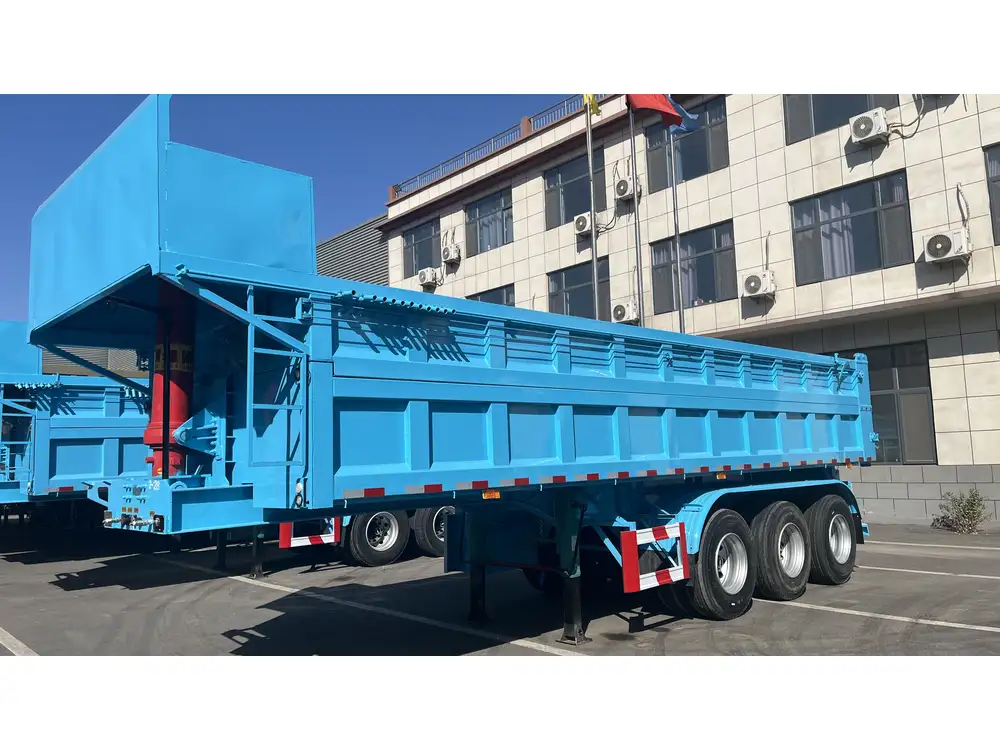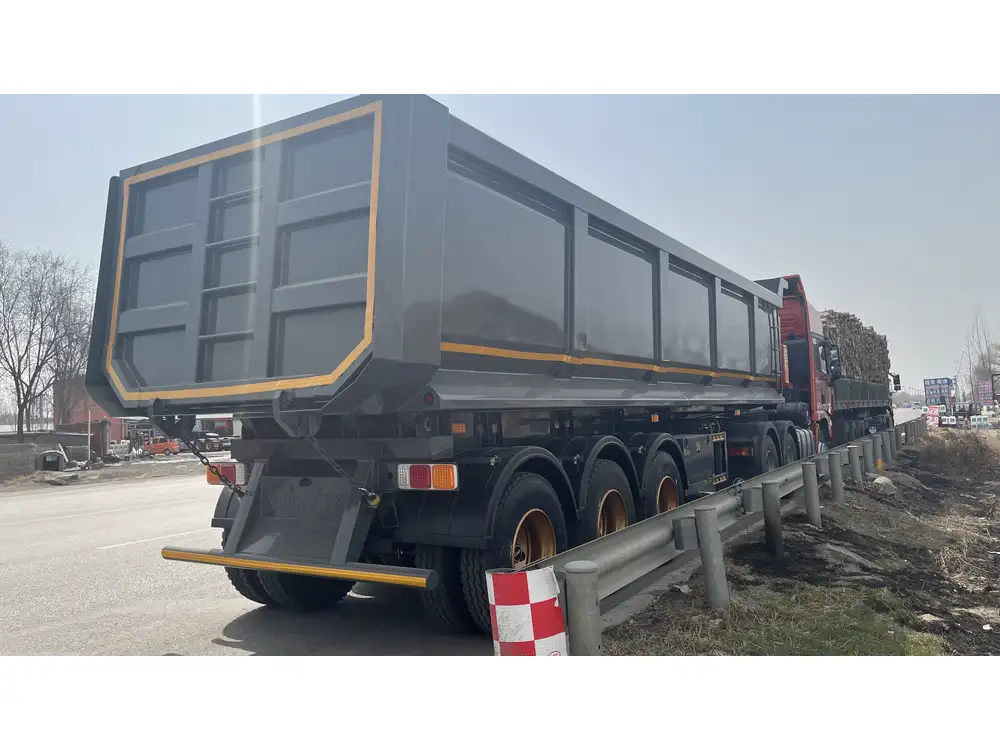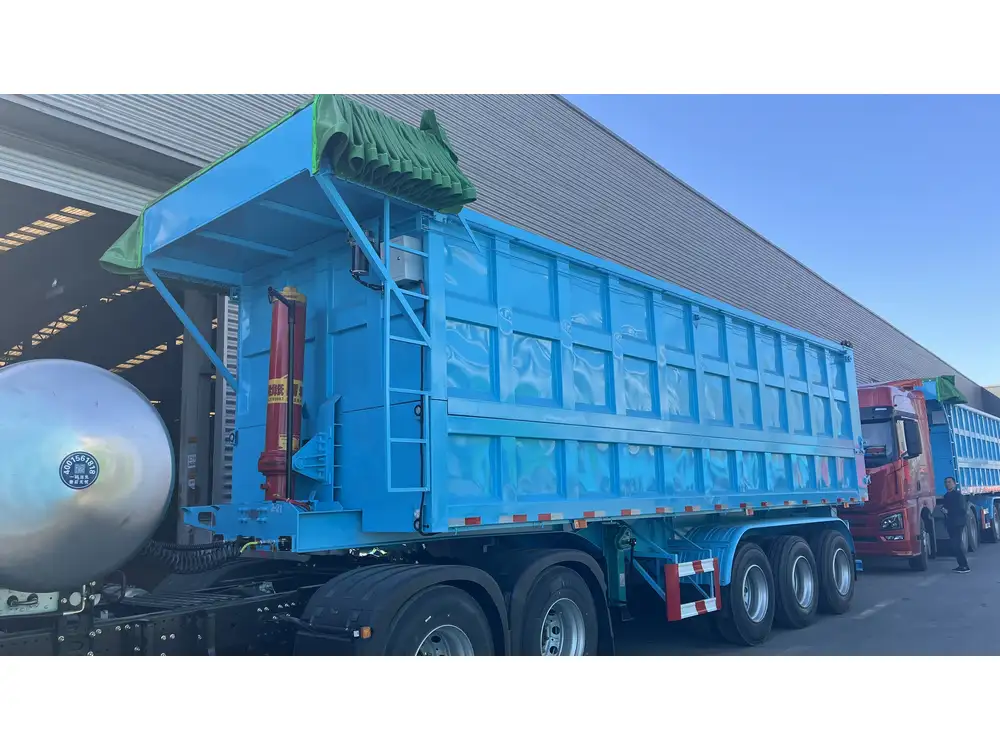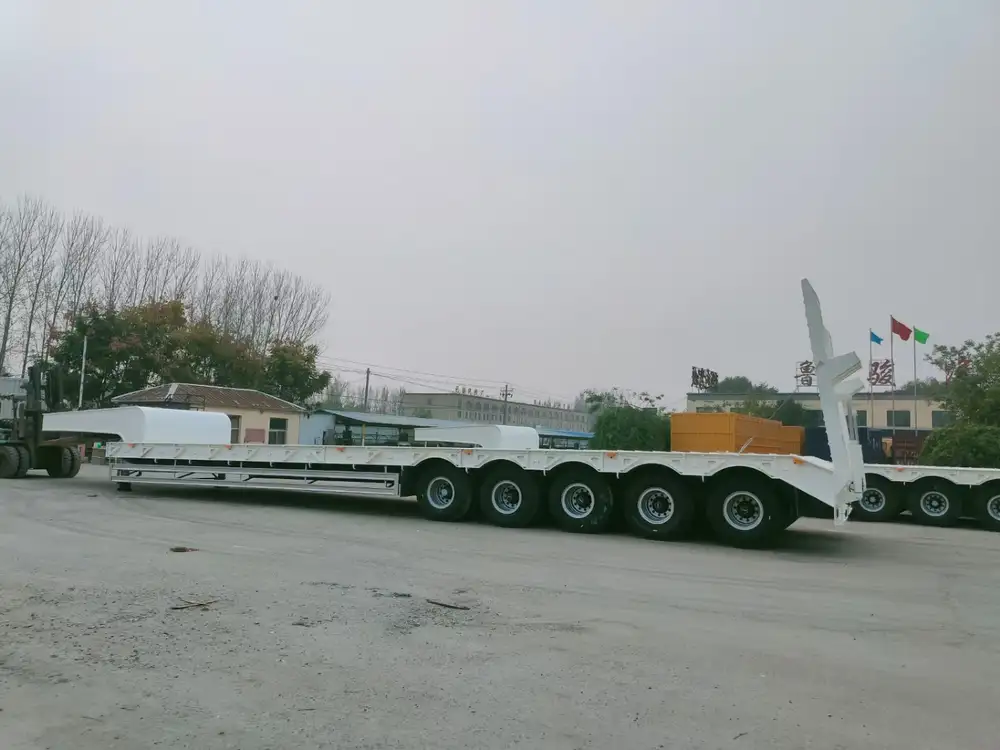In the world of transportation and logistics, knowledge of fuel capacities is crucial, not only for operational efficiency but also for financial planning and environmental considerations. Gas trucks, or fuel tankers, come in various configurations, with their fuel capacities ranging significantly. This article delves deep into the factors determining how many gallons of gas a gas truck can hold, the implications of these capacities, and considerations for businesses involved in freight and transport.
Types of Gas Trucks
1. Standard Fuel Tankers
Standard fuel tankers are often classified based on their capacities, which can range from as low as 1,000 gallons to over 11,000 gallons, depending on the model and regulations governing transport in various regions.

2. Specialty Trucks
Specialty gas trucks, designed for specific types of cargo, may also vary in capacity. These can include:
- Bobtail Tankers: Typically hold between 3,000 to 5,000 gallons.
- Transport Tankers: Larger models can carry up to 10,000 gallons or more.
- Dedicated Propane or LNG Trucks: These trucks often have customized tanks suitable for alternative fuels.
Table: Common Gas Truck Types and Their Capacities
| Truck Type | Typical Capacity (Gallons) |
|---|---|
| Standard Tanker | 7,000 – 11,000 |
| Bobtail Tanker | 3,000 – 5,000 |
| Transport Tanker | 8,000 – 10,000 |
| Specialty Fuels (LNG) | Up to 10,000 |
Factors Affecting Gas Truck Capacity

Tank Design and Regulations
The design of the tank itself plays a pivotal role in determining how much fuel a gas truck can transport. The following factors influence the design:
- Length and Diameter: The physical dimensions dictate the volume a tank can carry. Generally, longer and wider tanks will hold more fuel.
- Material Composition: Tanks are typically made from steel or aluminum, with each material having different weight and capacity implications.
- Regulatory Standards: Transporting flammable liquids such as gasoline is subject to strict regulations, including maximum load limits, which can vary by country and state.
Purpose and Route Considerations
The intended use of the gas truck can hugely impact its capacity. For example:
- Urban Deliveries: Trucks in densely populated areas may have smaller tanks due to weight restrictions and maneuverability concerns.
- Long-Distance Transport: Trucks designed for long hauls tend to have larger capacities to reduce the frequency of refueling stops.
Calculating Operational Efficiency: Fuel Capacity and Cost Implications
Fuel capacity not only affects a truck’s hauling potential but also plays a significant role in determining operational costs. To assess the financial impact, consider the following:

Fuel Costs
Understanding the fuel costs per trip can significantly affect the bottom line. For instance:
- Average Fuel Price: Knowing how many gallons can be transported allows businesses to calculate the total fuel cost for a given route.
- Load and Distance: A well-calibrated understanding of fuel consumption per mile will help in forecasting overall trips and expenses.
Delivery Timelines
A larger capacity can facilitate fewer stops for refueling, resulting in more efficient delivery schedules. This is especially important in sectors requiring just-in-time deliveries.
Environmental Considerations
With increasing regulations around emissions, understanding fuel capacities can also help in evaluating the environmental impact of fuel trucks:
- Emission Standards: Larger trucks carrying more fuel can potentially reduce the per-mile emissions by optimizing load capacities.
- Alternative Fuels: As industries shift towards greener alternatives, understanding the gas capacities in the context of cleaner fuels such as LNG is becoming increasingly relevant.

Safety Protocols in Gas Transportation
Given the inherent risks associated with transporting flammable liquids, it’s imperative to have stringent safety protocols in place:
1. Regular Maintenance
Regular inspections are paramount to ensure the integrity of the tank and its fittings. Well-maintained vehicles are less likely to encounter ruptures or leaks.
2. Training for Drivers
Drivers should undergo comprehensive training that covers emergency response for fuel transportation, including on-road Maneuvers, breakout procedures, and fuel spillage response.

3. Emergency Equipment
Every gas truck should carry essential emergency equipment, including:
- Fire Extinguishers: Appropriate class for flammable liquids.
- Spill Kits: Food-grade materials to contain and absorb spills.
Maintenance and Lifespan of Gas Trucks
Longevity Factors
The longevity of gas trucks is influenced by several factors, including:
- Usage Frequency: Higher wear and tear can lead to diminished lifespans.
- Environmental Conditions: Regions with extreme weather conditions can adversely affect tank materials.

Routine Check-Ups
Scheduled maintenance checks can extend the lifespan of the vehicle and optimize fuel capacities.
| Maintenance Aspect | Frequency |
|---|---|
| Tank Inspections | Annually |
| Engine Diagnostics | Semi-Annually |
| Brake System Checks | Quarterly |
User FAQs on Gas Truck Capacities
How Do I Choose the Right Size Gas Truck?
Choosing the right size involves considering your delivery needs, weight regulations, and route characteristics. Determine the average volume of fuel required in your daily operations to make an informed choice.

What Are the Best Practices for Loading Gas Trucks?
Best practices include adhering to weight limits, ensuring tanks are filled to recommended levels, and checking for leaks before loading.
Are There Different Regulations for Gas Trucks By Region?
Yes, different regions have varying regulations regarding the transportation of fuel, including weight limits, safety measures, and environmental standards. It’s vital to consult local authorities for compliance requirements.
How Does Fuel Storage Capacity Affect Delivery Times?
A higher fuel capacity can reduce the number of refueling stops necessary during transport, thus improving overall delivery times and efficiency.

Conclusion: The Importance of Understanding Fuel Capacities
Understanding how many gallons of gas a gas truck can hold is crucial for anyone involved in the logistics and transport industry. Whether you are assessing operational efficiency, managing costs, or implementing safety protocols, the implications of fuel capacity permeate every aspect of transport operations.
By considering factors like truck types, operational efficiencies, safety protocols, and maintenance practices, businesses can optimize their transportation fleet to ensure they meet both their customers’ demands and their operational cost goals. The right knowledge about gas truck capacities is not just about fulfilling regulatory needs but is inherently connected to the core of successful logistics and transportation management. Understanding these facets will empower transportation managers to navigate the challenges of fuel transport effectively while maximizing profitability and sustainability.
As you assess your fleet or consider the purchase of new trucks, take into consideration all the elements discussed herein. The right fuel truck, equipped and maintained properly, can serve as an invaluable asset in any transportation operation, ensuring efficiency and compliance in equal measure.



